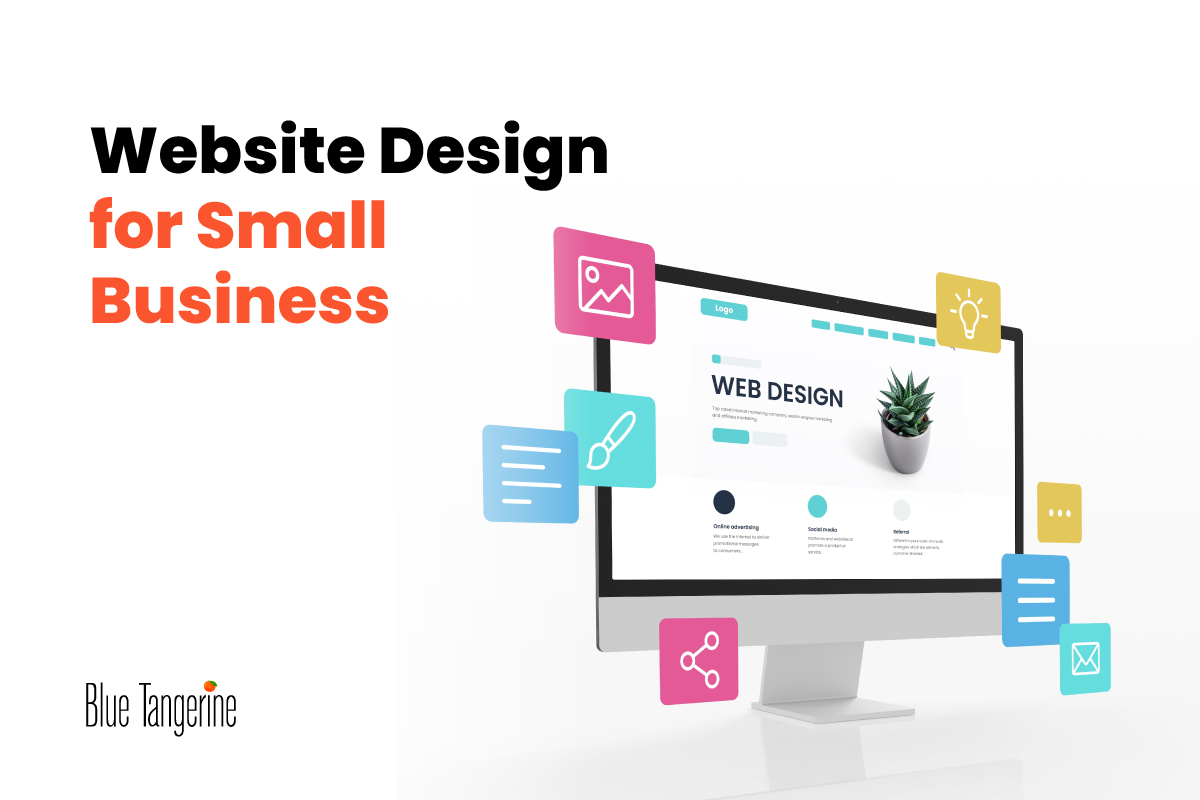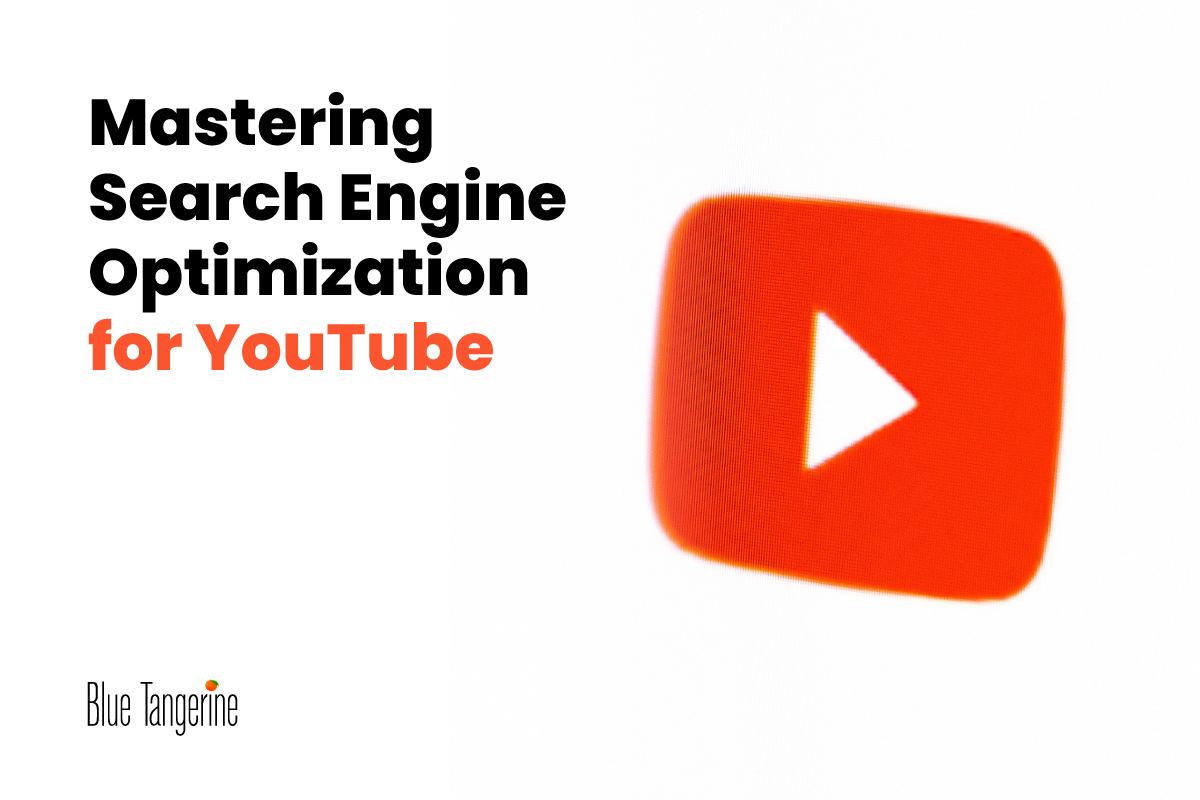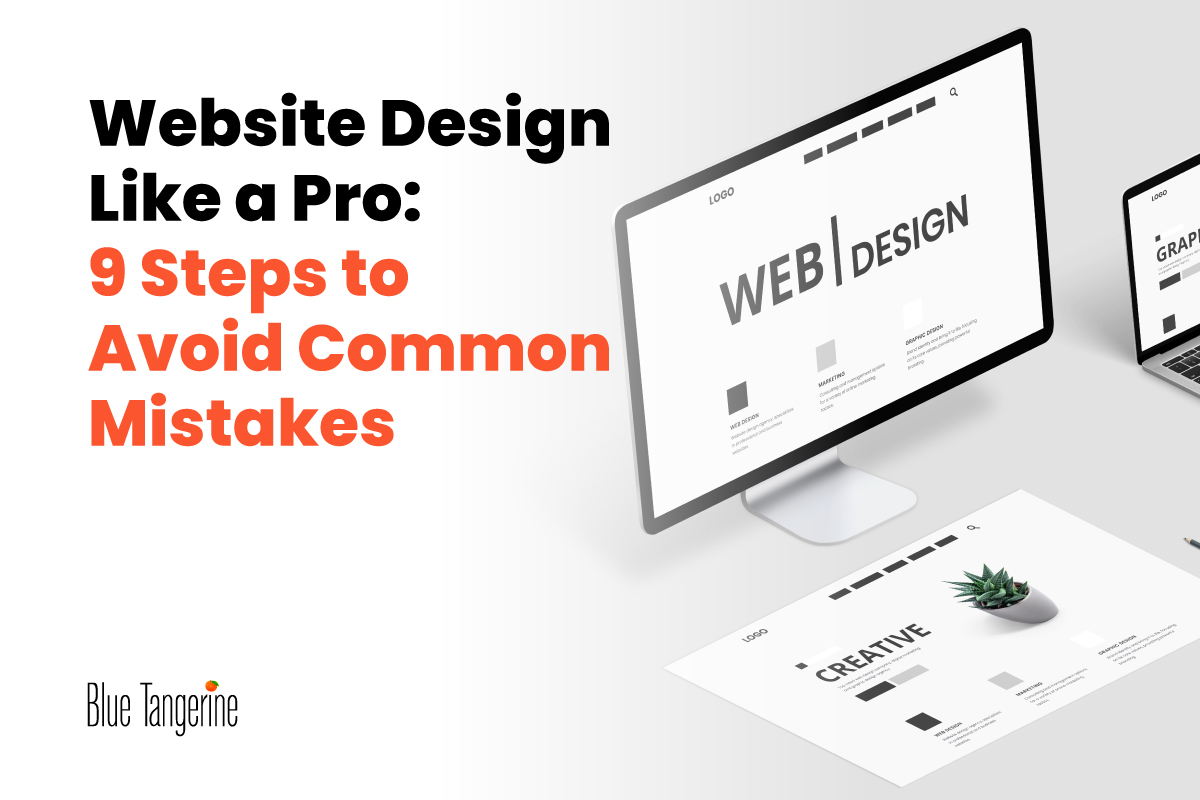In today’s interconnected world, where consumers turn to the internet for information, products, and services, establishing a robust online presence is crucial for businesses to thrive.
Whether you’re a multinational corporation or a local mom-and-pop shop, having a well-designed website design for small business is crucial and engaging presence online is no longer just an option—it’s a necessity.
For small businesses, this need is especially pronounced. With limited resources and competition from larger companies, small businesses must leverage every available opportunity to stand out and connect with their target audience. One of the most powerful tools in their arsenal is a well-designed website.
A well-designed website serves as more than just an online storefront—it’s a digital representation of your brand, values, and offerings. It’s often the first point of contact for potential customers, making it a critical touchpoint in their journey towards engaging with your business.
In this comprehensive guide, we’ll delve into the various aspects of website design for small businesses, exploring the key elements that contribute to an effective online presence. From responsive design and clear navigation to compelling visuals and branding, we’ll provide practical tips and insights to help small businesses create a website that not only attracts customers but also fosters growth and success.
1. Website Design for Small businesses – understanding the needs
Small businesses face unique challenges when it comes to competing in the digital landscape. Unlike larger corporations with substantial marketing budgets, small businesses often have limited resources to invest in their online presence. However, this doesn’t diminish the importance of having a professional and user-friendly website.
As Neil Patel, co-founder of Crazy Egg, rightly said, “Your website is the centre of your digital ecosystem, like a brick and mortar location, the experience matters once a customer enters, just as much as the perception they have of you before they walk through the door.”
2. Key Elements of Effective Website Design
A. Responsive Design
With the majority of internet users accessing websites from mobile devices, having a responsive design is non-negotiable. A website that looks great and functions seamlessly across all devices not only enhances user experience but also improves search engine rankings.
B. Clear Navigation
Intuitive navigation is crucial for ensuring that visitors can easily find what they’re looking for on your website. A clutter-free layout with clearly labelled menus and navigation links helps guide users through your content, reducing bounce rates and increasing engagement.
C. Compelling Visuals and Branding
Visual elements play a significant role in shaping the perception of your brand. From captivating imagery to consistent branding elements such as logos and colour schemes, every aspect of your website should reflect your brand identity and values.
D. Calls to Action (CTAs)
Effective CTAs prompt visitors to take specific actions, whether it’s making a purchase, signing up for a newsletter, or contacting your business. By strategically placing CTAs throughout your website, you can encourage conversions and drive business growth.
3. Budget-Friendly Design Options for Small Businesses
A. DIY Website Builders
Platforms like Wix, Squarespace, and WordPress offer user-friendly tools that allow small business owners to create professional-looking websites without the need for coding skills.
While DIY website builders are cost-effective, it’s essential to invest time in learning how to use them effectively to achieve the desired results.
B. Freelancers and Small Agencies
Hiring a freelancer or a small agency to design your website can provide you with a custom solution tailored to your specific needs. While this option may require a higher initial investment, it can yield significant returns in terms of a unique and professionally designed website that sets your business apart from the competition.
4. Maximising Website Performance and SEO
A. Optimising for Search Engines: Search engine optimization (SEO)
SEO is crucial for ensuring that your website ranks well in search engine results pages (SERPs) and attracts organic traffic. By optimising your website’s content, meta tags, and technical aspects such as page speed and mobile-friendliness, you can improve its visibility and reach a wider audience.
B. Monitoring and Analytics
Tracking your website’s performance through tools like Google Analytics allows you to gain valuable insights into user behavior, traffic sources, and conversion rates. By analyzing this data, you can identify areas for improvement and make informed decisions to enhance your website’s effectiveness.
5. Maintaining and Updating the Website
Once your website is live, the work doesn’t stop there. Regular maintenance and updates are essential for keeping your website secure, up-to-date, and relevant to your audience. Whether it’s adding new content, fixing broken links, or implementing security patches, ongoing maintenance ensures that your website remains a valuable asset to your business.
This is especially crucial for small businesses, where a well-maintained website can be a powerful tool for attracting and retaining customers. With proper maintenance, website design for small businesses can continue to drive growth and success.
As the renowned entrepreneur and author, Seth Godin, aptly said, “Content marketing is the only marketing left.” In today’s digital world, content is king, and businesses that invest in creating high-quality, relevant content can establish themselves as industry leaders and build trust with their audience.
Conclusion
In conclusion, website design plays a critical role in the success of small businesses in the digital age. By focusing on key elements such as responsive design, clear navigation, compelling visuals, and strategic CTAs, small business owners can create an online presence that attracts customers, drives conversions, and fosters growth.
Whether you choose to build your website yourself or enlist the help of professionals, investing in a well-designed website is a worthwhile endeavour that can pay dividends for your business in the long run. Adding the keyword “Website design for small business” ensures that your website is optimised for search engines and reaches the right audience effectively.




